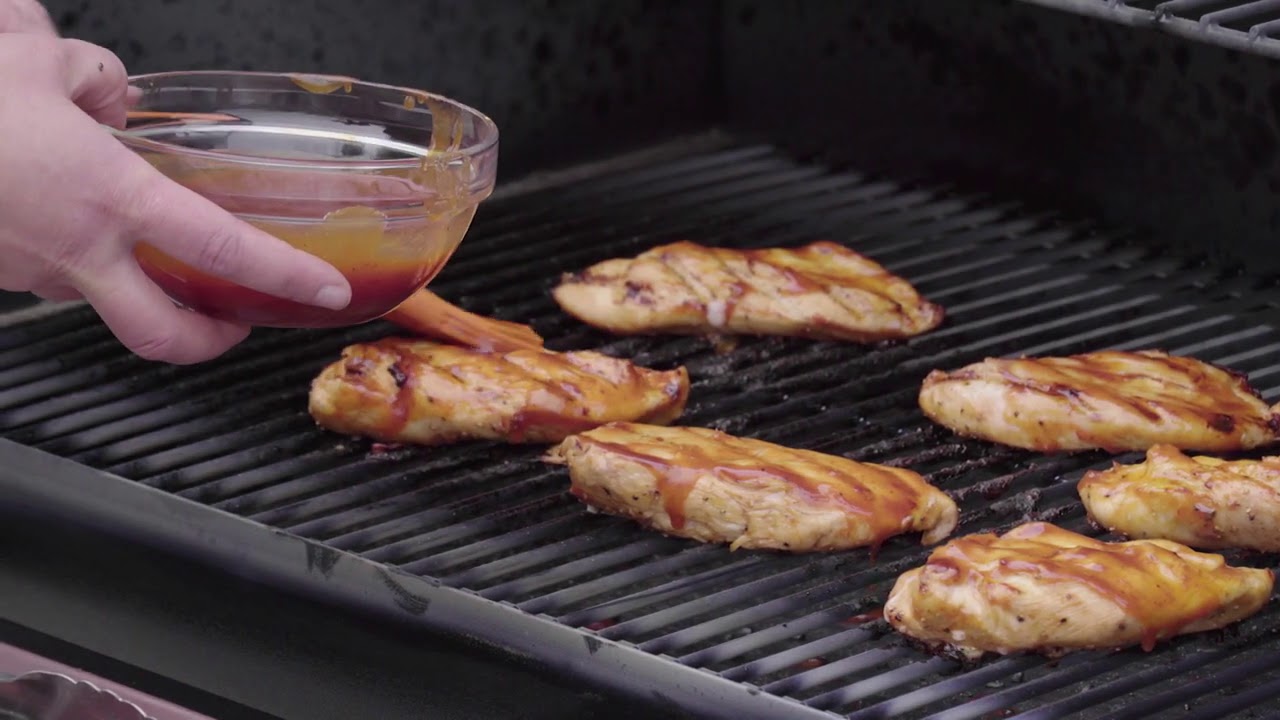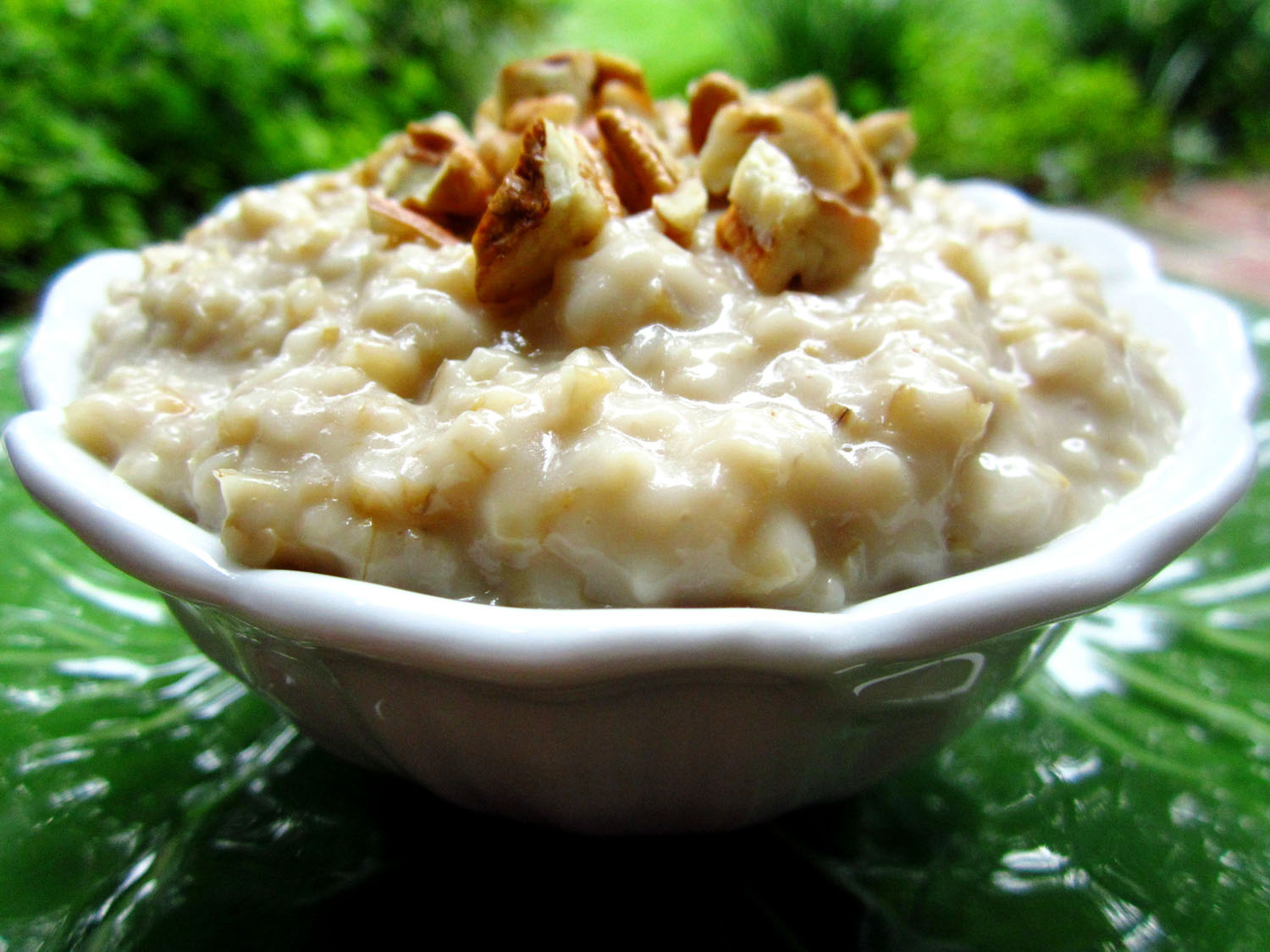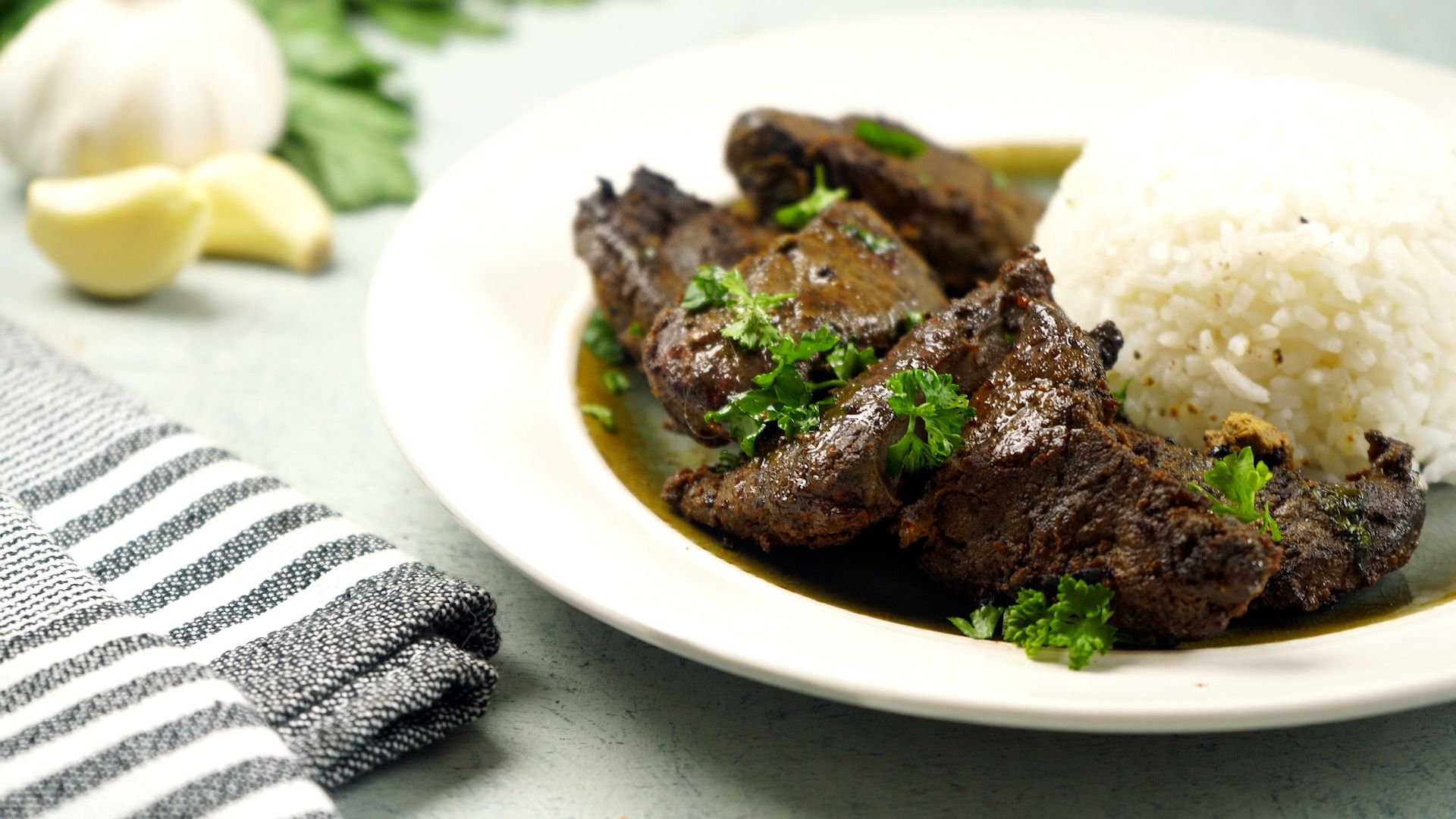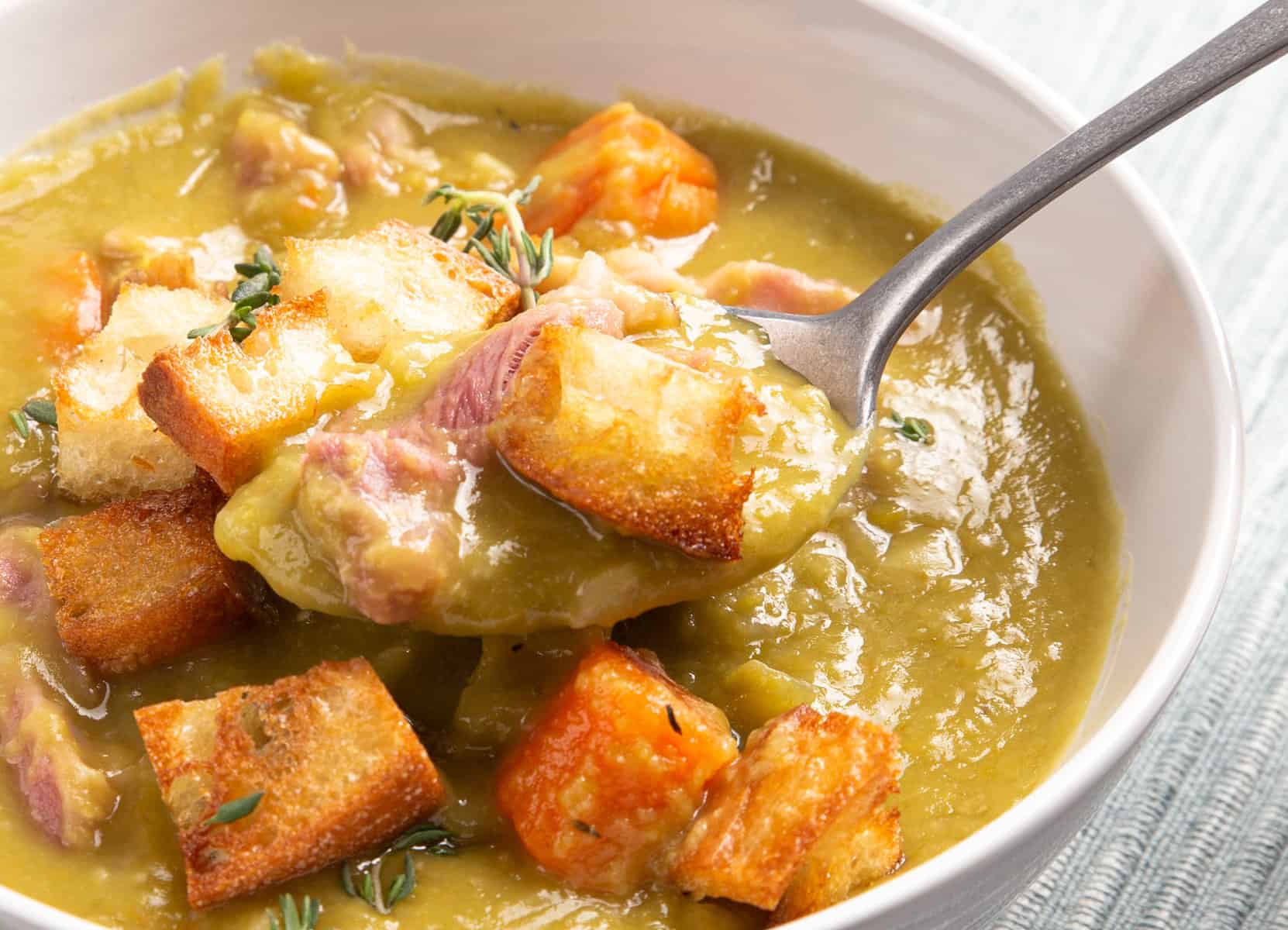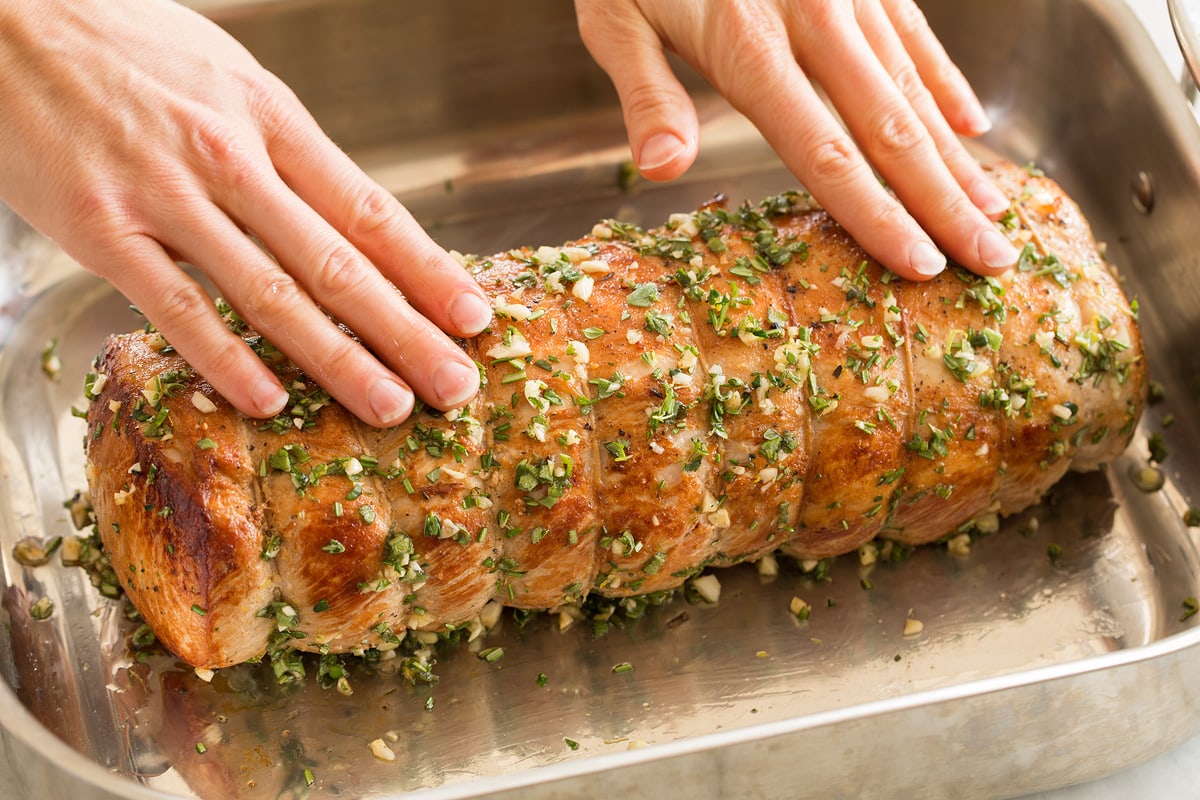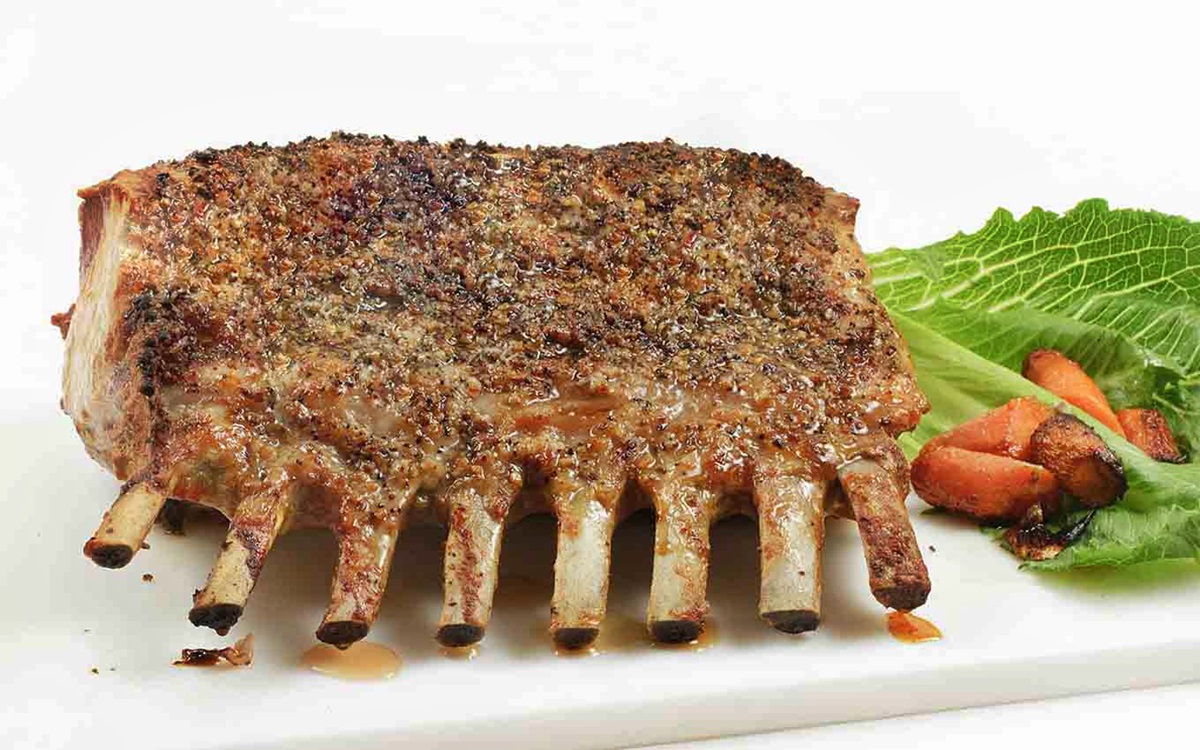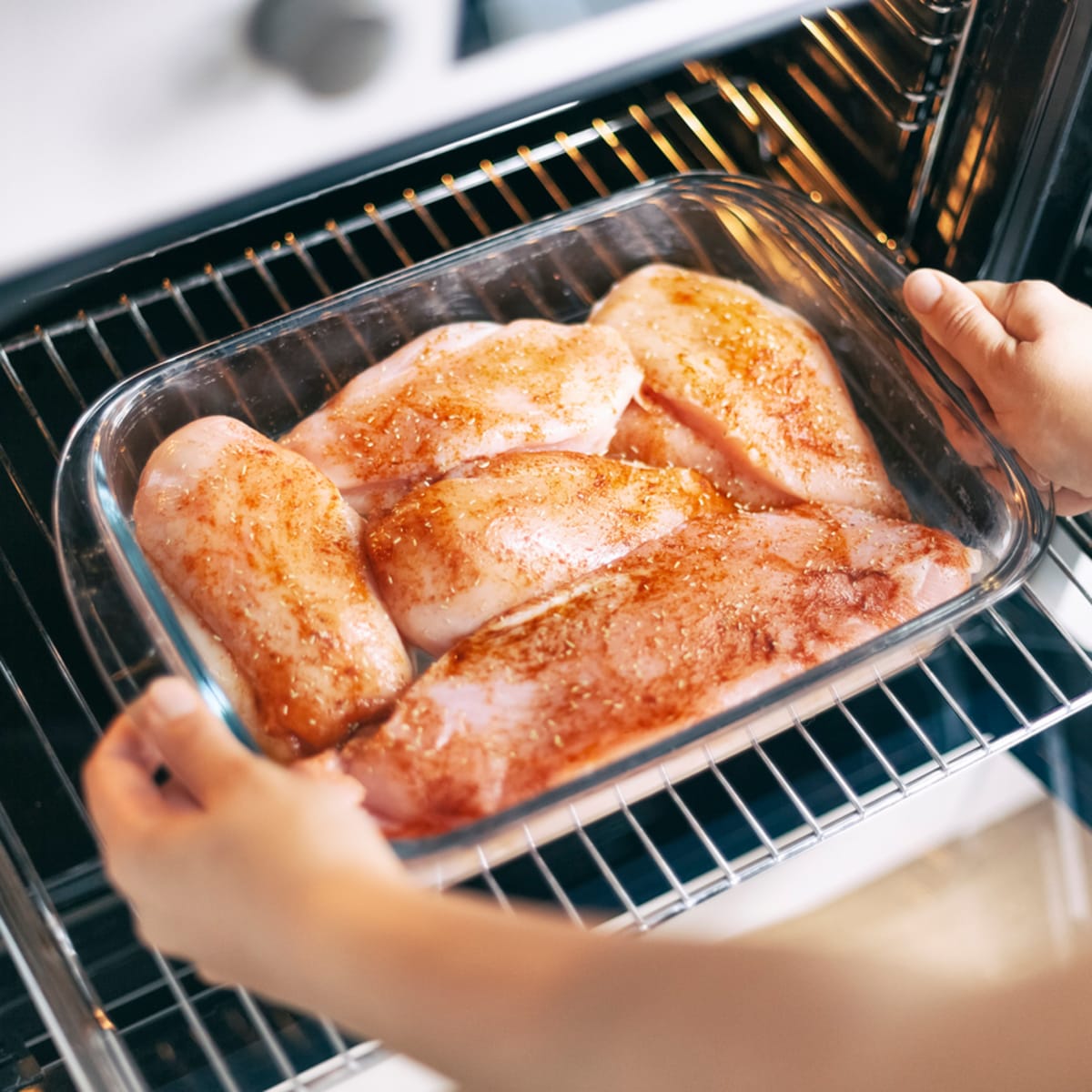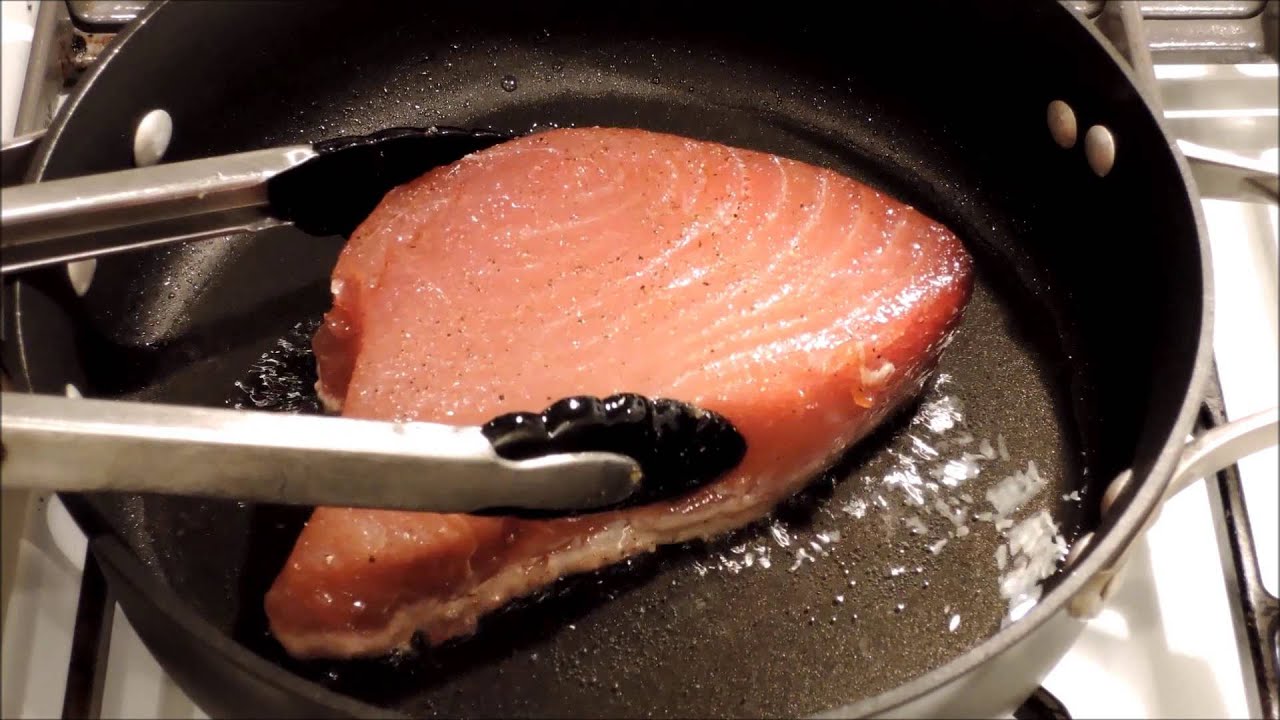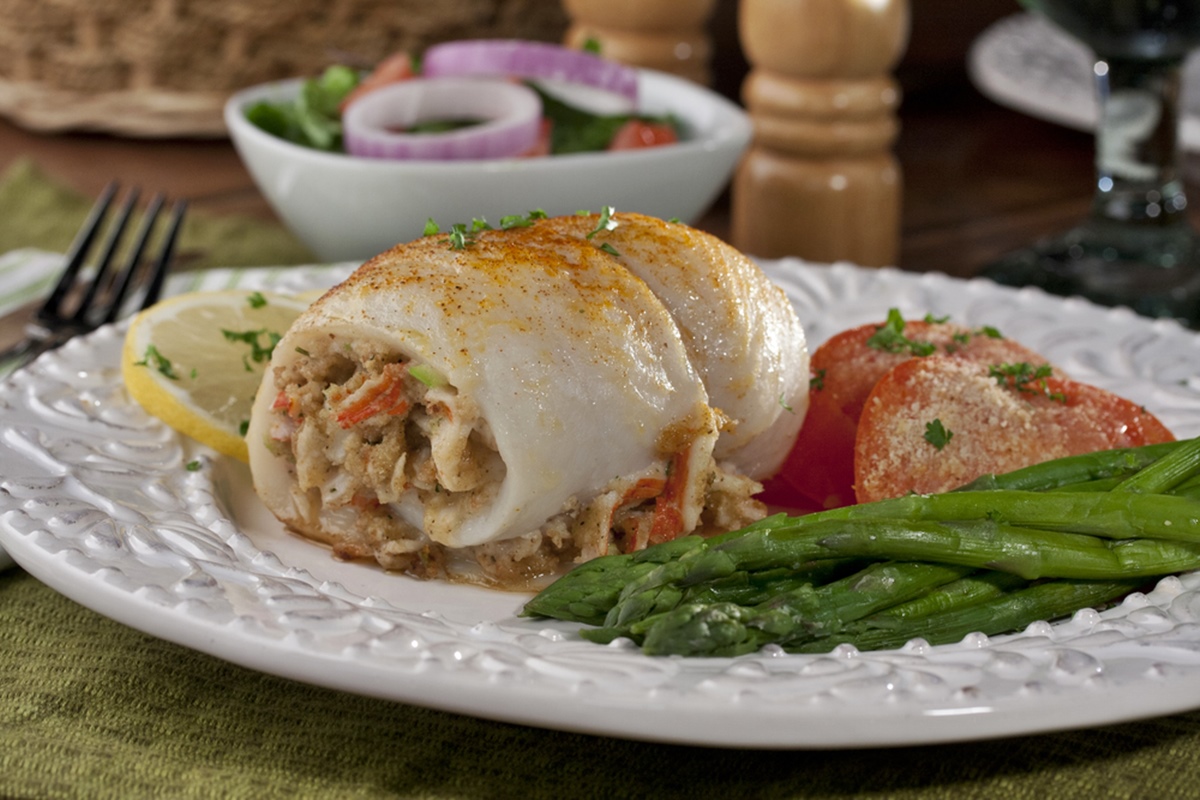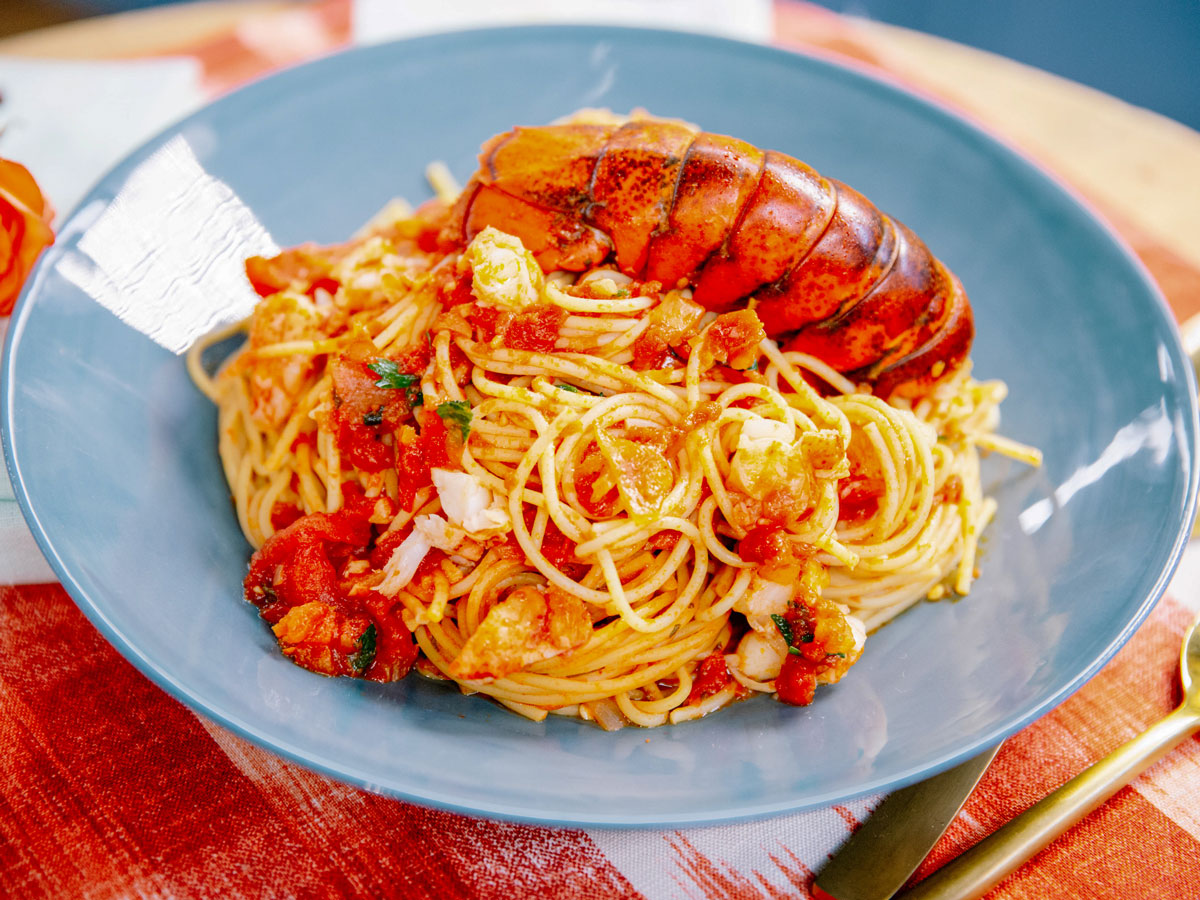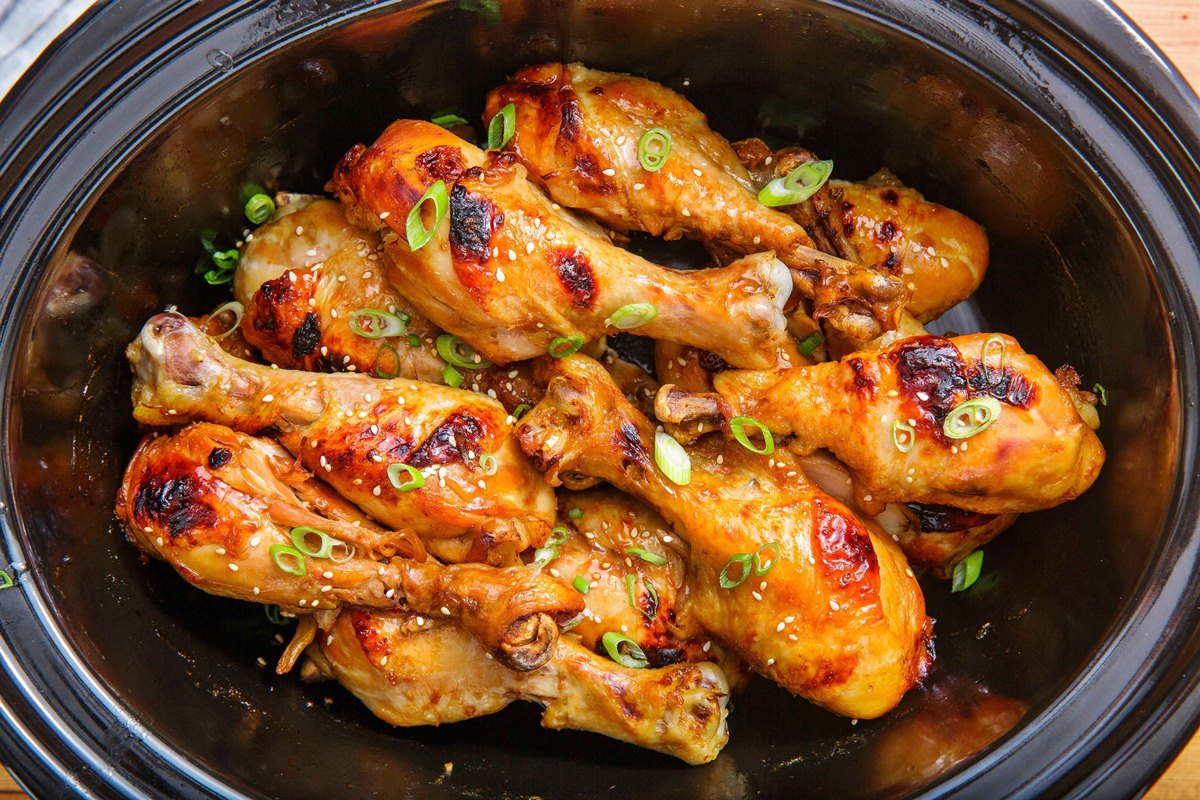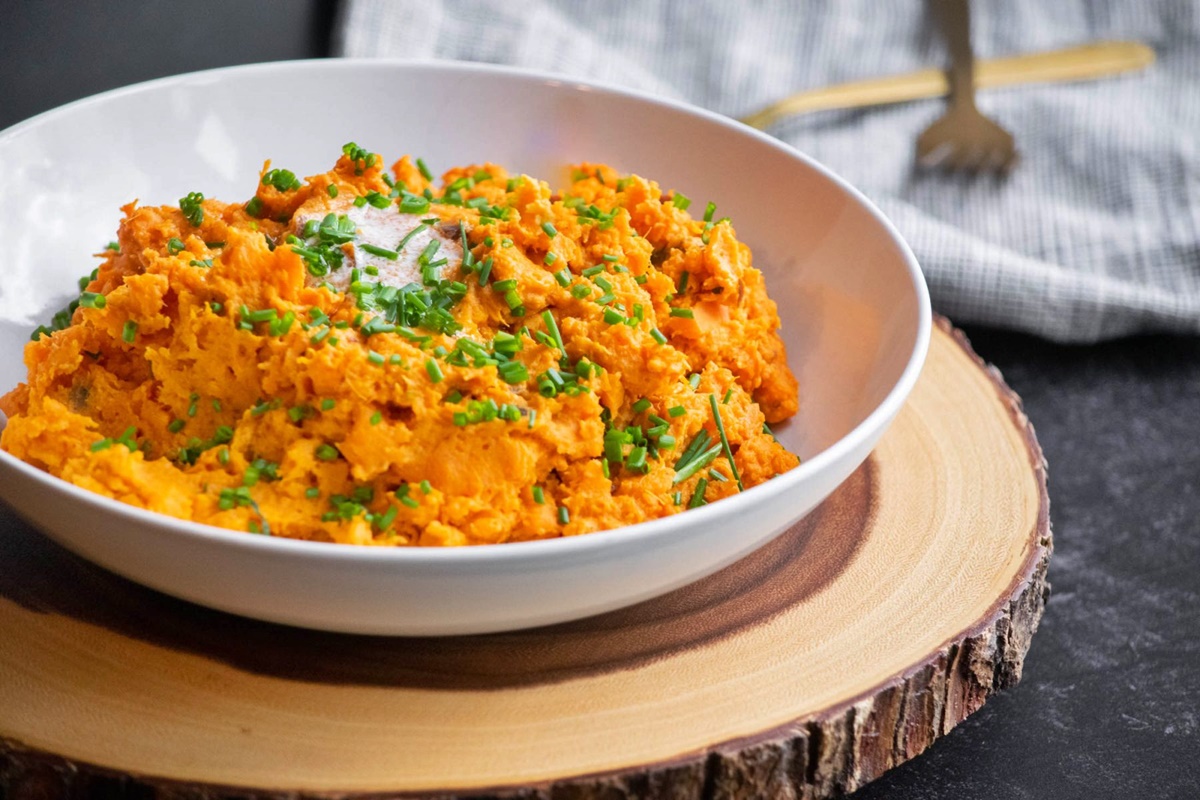Tips and Tricks for Cooking with Oil
Oil is a versatile and essential ingredient in the kitchen. Whether you’re sautéing vegetables, frying up a batch of crispy chicken, or creating a delicious salad dressing, understanding how to cook with different types of oil is key to achieving optimal flavor and texture. In this guide, we’ll share some tips and tricks to help you become a pro at cooking with oil.
1. Choosing the Right Oil
The first step in cooking with oil is selecting the right one for the job. There are numerous types of oil available, each with its own distinct flavor and smoke point. Here are a few popular options:
- Olive oil: Perfect for sautéing and drizzling over salads.
- Coconut oil: Great for high-heat cooking and baking.
- Vegetable oil: Versatile and neutral in flavor, suitable for frying and baking.
- Avocado oil: With its high smoke point, it’s ideal for grilling and roasting.
2. Understanding Smoke Points
One crucial factor to consider when cooking with oil is its smoke point. The smoke point is the temperature at which the oil starts to break down and produce smoke. Heating oil beyond its smoke point can result in a burnt taste and the release of harmful compounds. It’s essential to match the oil’s smoke point with the cooking method:
- Use oils with high smoke points, like avocado and peanut oil, for high-heat cooking techniques such as stir-frying and deep-frying.
- Save oils with lower smoke points, such as flaxseed or walnut oil, for drizzling over finished dishes or making dressings.
3. Proper Cooking Techniques
When it comes to cooking with oil, technique matters. Follow these tips to ensure delicious and well-cooked dishes:
- Preheat the pan before adding the oil to ensure even distribution and prevent sticking.
- Use a small amount of oil at first, adding more as needed. This helps control the calorie content and prevents dishes from becoming overly greasy.
- For deep-frying, choose a deep and wide pot to minimize splattering and accidents.
- When sautéing, toss ingredients in the pan using a spatula or shake the pan gently to evenly distribute the oil.
4. Storing Oil Properly
Proper storage of oil is essential to maintain its quality and flavor. Here are some guidelines to follow:
- Store oil in a cool, dark place, away from direct sunlight and heat sources.
- Ensure the container is tightly sealed to prevent air and light from oxidizing the oil.
- Check the expiration date and avoid using oil past its prime to maintain freshness and flavor.
Remember, cooking with oil is both an art and a science. Experiment with different oils and cooking techniques to discover your favorite flavor combinations. With these tips and tricks, you’ll be well on your way to creating delicious and satisfying meals in no time.
For anyone looking to enhance their cooking skills with a variety of oils, this guide offers an array of recipes that are both diverse and delicious. Start with the Classic Fried Chicken, a timeless favorite that will teach you the basics of frying with precision. For a quick and flavorful option, try the Sautéed Garlic Shrimp, which showcases the art of sautéing to perfection. If you're in the mood for baking, the Coconut Oil Banana Bread and Coconut Oil Chocolate Chip Cookies are must-tries for their unique texture and taste. For salad lovers, the Classic Caesar Salad Dressing and Walnut Oil Pear and Blue Cheese Salad offer fresh and vibrant flavors. Finally, don't miss the Vegetable Stir-Fry with Avocado Oil and Olive Oil and Herb Roasted Potatoes for hearty and healthy side dishes. These recipes will not only diversify your cooking repertoire but also introduce you to the versatility of different oils.
Was this page helpful?
Read Next: How To Cook A Thick Burger
